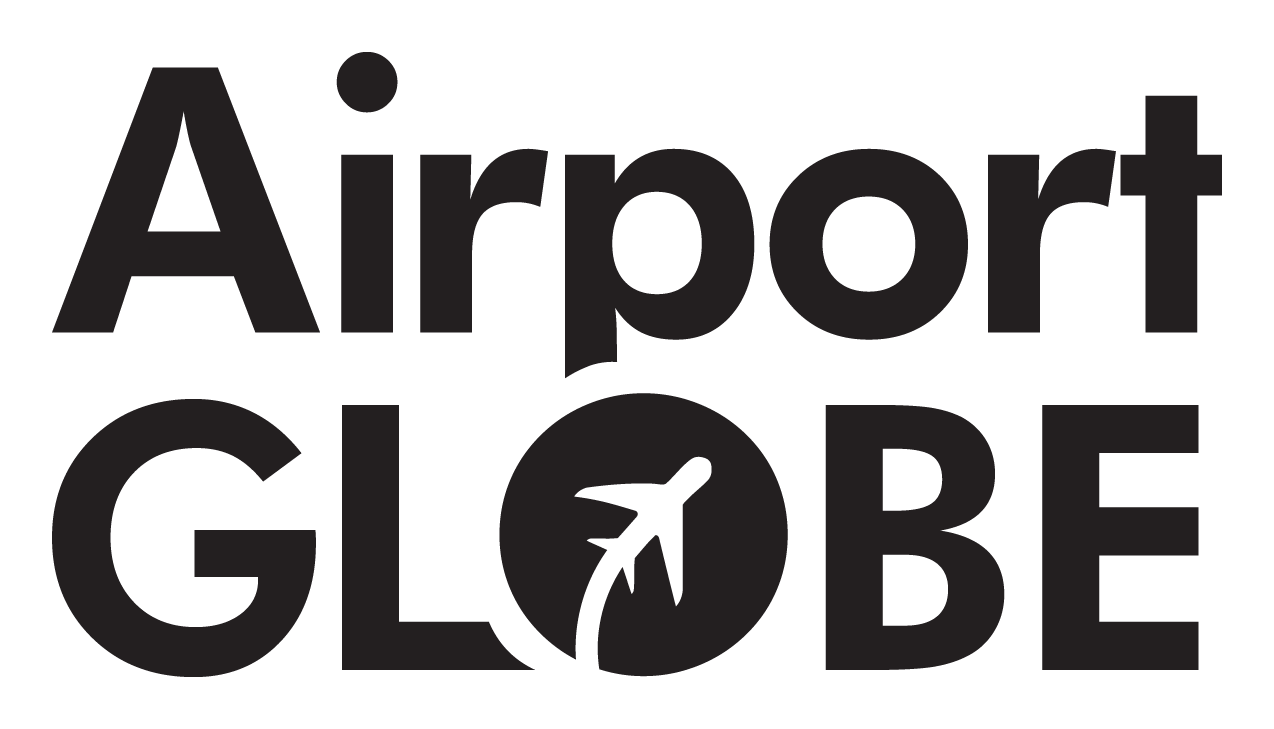Home ›
The History of Brisbane
Brisbane, the capital of Queensland, Australia, has a rich history that dates back to its founding in 1824 as a penal colony. Initially established to house secondary offenders, the settlement was named after Sir Thomas Brisbane, the then Governor of New South Wales. The city’s location along the Brisbane River made it a strategic point for trade and transport, contributing to its growth. By the mid-19th century, free settlers began to arrive, and the city transitioned from a penal colony to a thriving community. The discovery of gold in the surrounding areas in the 1850s further accelerated its development. Brisbane played a significant role during World War II as the headquarters for the Allied Forces in the South West Pacific, marking its importance on the global stage. Over the years, Brisbane has grown into a vibrant metropolis, known for its cultural diversity and economic significance in Australia.
The Brisbane of Today
Today, Brisbane is a bustling city known for its subtropical climate, vibrant cultural scene, and friendly atmosphere. There is a plethora of things to do in Brisbane, from exploring the South Bank Parklands and its picturesque river views to visiting the Queensland Art Gallery and Gallery of Modern Art. Brisbane’s culinary scene is diverse, with numerous dining options ranging from trendy cafes to high-end restaurants, offering both local and international cuisines. The city’s nightlife is equally vibrant, with a variety of bars, clubs, and live music venues to explore. For those interested in nature, Brisbane is surrounded by stunning natural landscapes, including the nearby Moreton Bay and the Scenic Rim, providing ample opportunities for outdoor adventures. Whether you’re interested in arts, food, or outdoor activities, Brisbane offers something for everyone, making it a must-visit destination.
The Transportation Options in Brisbane
Brisbane boasts a comprehensive public transportation system that includes buses, trains, and ferries, making it easy to navigate the city. The bus network is extensive, covering most areas of the city and suburbs, while the train system connects Brisbane to surrounding regions. Ferries, including the popular CityCat service, provide a scenic way to travel along the Brisbane River. For those who prefer driving, Brisbane car rentals are widely available, offering flexibility to explore the city and its surroundings at your own pace. Additionally, taxis and ride-sharing services like Uber are readily accessible for convenient point-to-point travel. With such a variety of transportation options, getting around Brisbane is both convenient and efficient.
The Brisbane Airports
Brisbane is primarily served by Brisbane Airport (BNE), the main aviation hub for the city. Located approximately 17 kilometers (about 10.5 miles) northeast of the city center, Brisbane Airport handles both domestic and international flights, making it one of the busiest airports in Australia. The airport features two terminals, one for domestic flights and another for international travel, ensuring smooth operations for travelers. With its modern facilities and efficient services, Brisbane Airport is well-equipped to meet the needs of millions of passengers annually. Its proximity to the city center makes it a convenient gateway for visitors arriving in Brisbane.
Accommodation in Brisbane
Brisbane offers a wide range of accommodation options to suit all budgets and preferences. From luxurious hotels in the city center to charming boutique establishments and budget-friendly hostels, travelers will find an array of choices. For those seeking a unique experience, there are also options like serviced apartments and quaint bed and breakfasts. Brisbane hotels in the central business district tend to be pricier, but they offer the advantage of being close to major attractions and dining options. Booking in advance can often secure better rates, ensuring a comfortable and affordable stay in this dynamic city.
